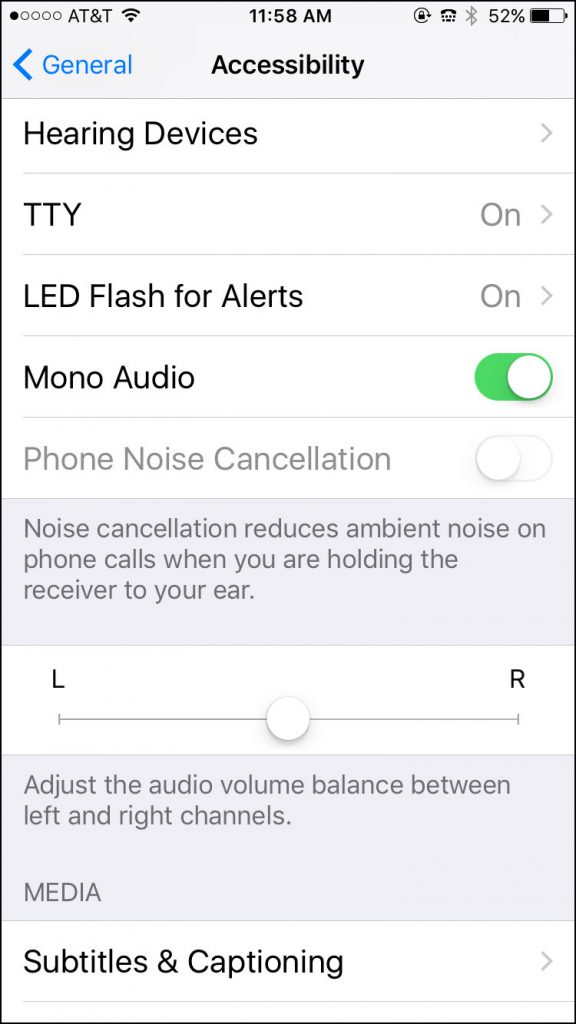Apple has been working with manufacturers for years to develop hearing aids and apps compatible with the iPhone. You can find a lengthy list of models on the “Use Made for iPhone hearing aids” page on Apple’s website. The site also has a list of models that meet the Federal Communications Commission’s hearing aid compatibility requirements and a guide to using other accessibility features built into the iOS software, like closed captions and flashing alerts.
While Apple’s site points you in the direction of specific hearing aid models, be sure to have a thorough conversation with your doctor or specialist about using the technology and what to expect. Your health care provider may have specific recommendations for you.

Hearing aids with the “Made for iPhone” label were specifically designed to work with Apple’s mobile hardware — the iPhone 4s model and later (running at least iOS 7), as well as many iPad models and the fifth-generation iPod Touch or later. In addition to piping sound from iPhone calls, music, podcasts, video and other sources into the hearing aids, the “Made for iPhone” gear can control the auditory experience in other ways.
When the iOS device is wirelessly paired with these types of hearing aids, the wearer can adjust the volume, check battery life and use audio presets to adjust the sound pickup for specific situations, like being outdoors or in a restaurant. Apple’s technology also features a Live Listen feature that uses the device’s microphone to pick up and transmit conversations and other sounds around directly to the hearing aids.
As for Android users, Google has built similar basic accessibility features into its mobile operating system, but different phone and tablet manufacturers have also added tools of their own — which can vary based on the company. Some hearing aids and apps designed for the “Made for iPhone” program also work with Android-based devices made by Google, HTC and Samsung. Microsoft’s site has information on hearing-aid compatibility with Windows Phone models.

